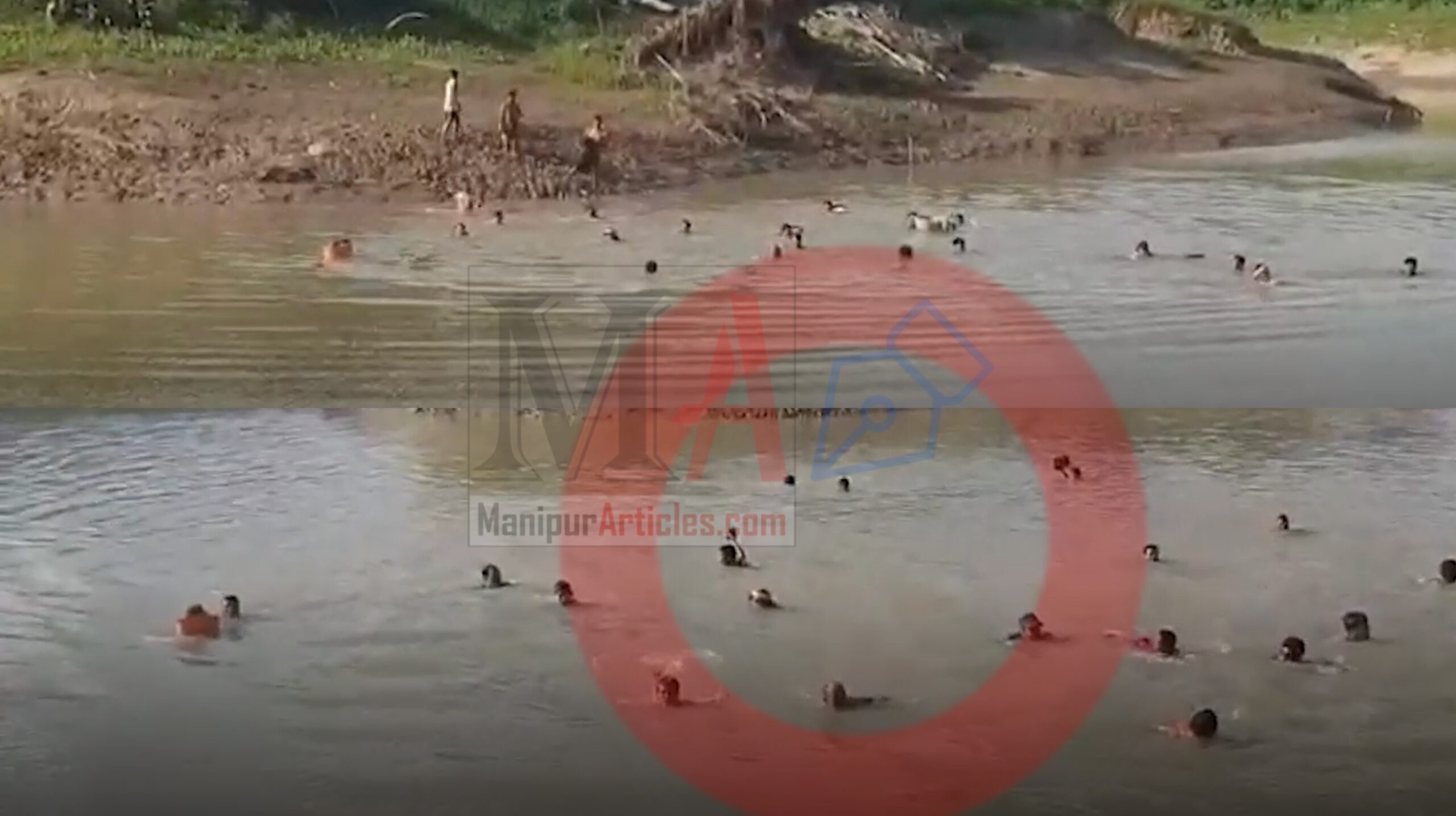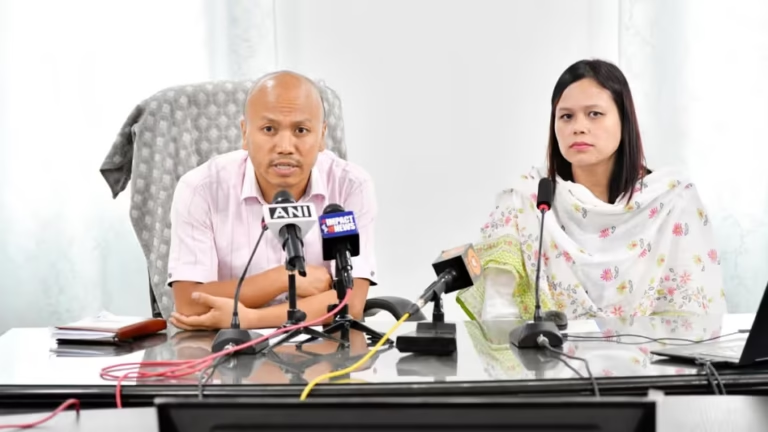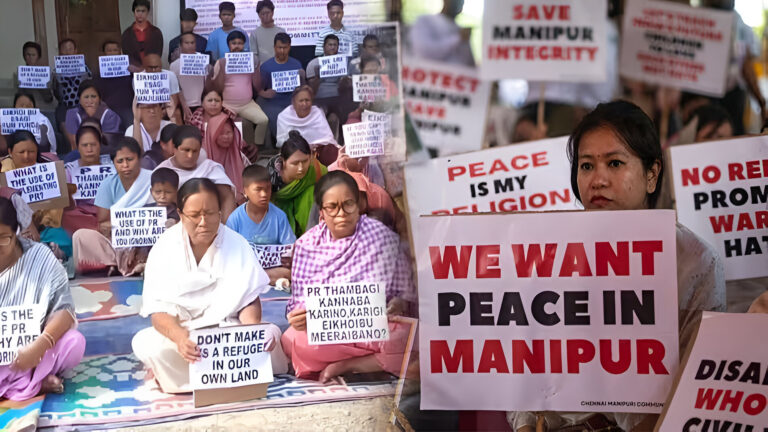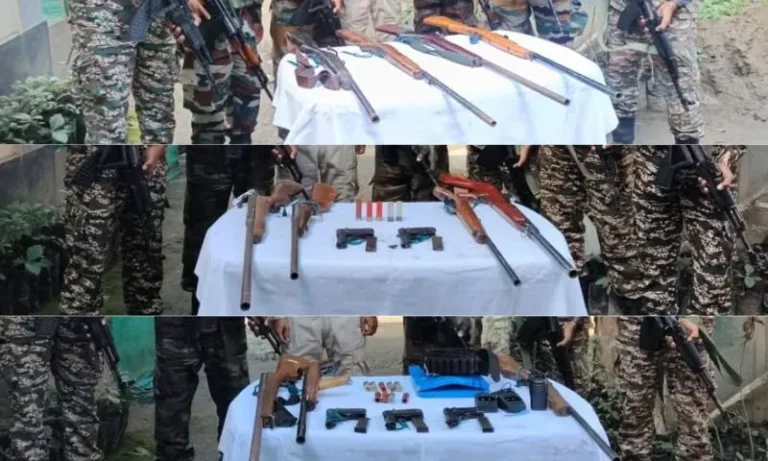Reclaiming Roots: Dolaithabi Villagers Cross Iril River to Reclaim Homes Amid Threat of Agitation
Summary of the News
Displaced villagers from Dolaithabi, Meetei-majority communities, have started crossing the Iril River to reclaim their homes after being sheltering in relief camps since the May 2023 ethnic clashes. Threatening agitation under President’s Rule, they demand resettlement, security, and restoration of civic amenities. The government, while promoting rehabilitation, struggles to reopen roads like NH-37, reopen blocked Iril river crossings, and reinforce peace. Villagers warn of renewed protests if delays continue, urging swift action amid fragile returns and rising frustration.
1. Why This Return Matters
Ask yourself: what does “going home” even mean after displacement for nearly two years? For families in Dolaithabi, crossing that Iril River isn’t just a trek—it’s reclaiming identity, culture, and dignity. After the flames of May 2023 destroyed homes and shattered trust amidst Meitei–Kuki violence, returning highlights a crucial step in rebuilding broken lives. It’s a signal: we’re not erased.
2. The Emotional Journey Home
Imagine stepping off a dusty bus, river at your feet, knowing every brick, every tree whispers memories. Relief camps kept families alive, but not together. Video footage shows small groups wading across, children clutching backpacks, elders looking skyward—hope in their eyes. It’s a moment heavy with relief, desperation, and anticipation. This crossing isn’t just physical—it’s emotional.
3. Barriers on the Ground
Reclaiming homes isn’t as simple as crossing the river. These families face:
- Blocked roads and checkpoints: Government secured highways like NH-37—but smaller lanes leading to hamlets remain restricted.
- Dilapidated homes: Many houses were torched; ruins stand where laughter once echoed.
- Lack of civic services: Electricity, water, schools—they’ll need rebuilding or repair.
- Security concerns: The fear of returning to contested zones isn’t imaginary—it’s lived.
Still, villagers are clear. Enough delay, and they’ll rally again.
Iril River: More Than a Stream
The Iril River separates hopefuls from homes. Often shallow, it can be a manageable crossing—but during monsoon, it becomes unpredictable. It’s also at the heart of past oil contamination, raising environmental worries. Yet today, it stands symbolic: a bend no longer separating communities, but a bridge to reconciliation.
Frequently Asked Questions
Q1. Why did villagers cross the Iril River now?
They received signals from the administration that restrictions might ease, prompting them to reclaim their homes rather than stay longer in relief camps.
Q2. Is the environment safe after past oil spills?
Environmental agencies continue to test Iril River’s water. No immediate hazard was found, but long-term checks continue to ensure potability before mass return.
Q3. Are communities completely safe to resettle?
Security presence remains robust—with police, Army support, and village vigilantes—to reduce any risk during return phases.
Q4. How can this reclaim process become permanent?
By rebuilding infrastructure, restoring services, and facilitating inter-ethnic trust-building, communities can transition from temporary returnees to stable residents.
Q5. What if government delays continue?
Villagers have stated they’ll organize peaceful agitations—barricades, sit-ins—pressuring authorities to act before the monsoon season ends.






